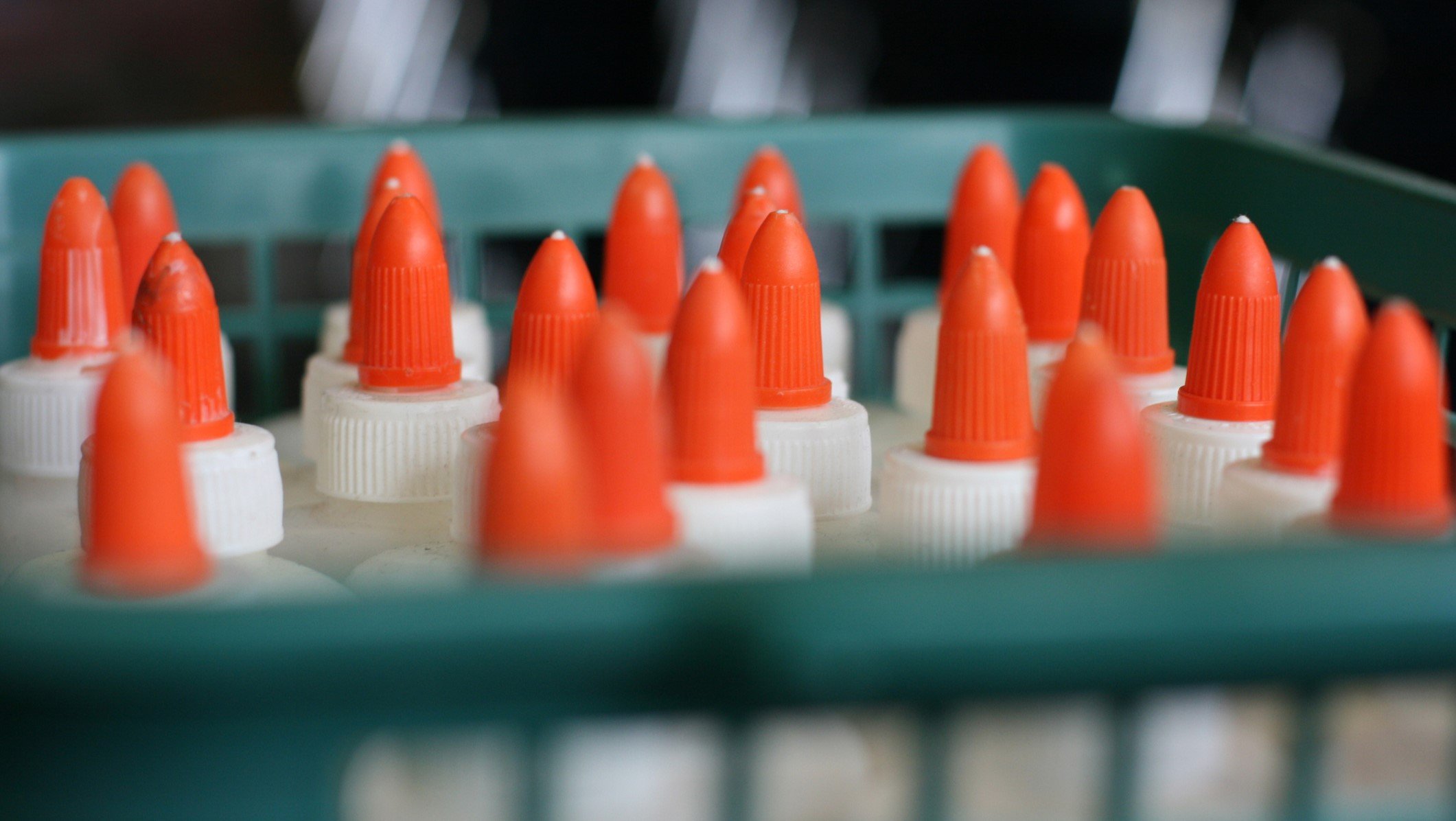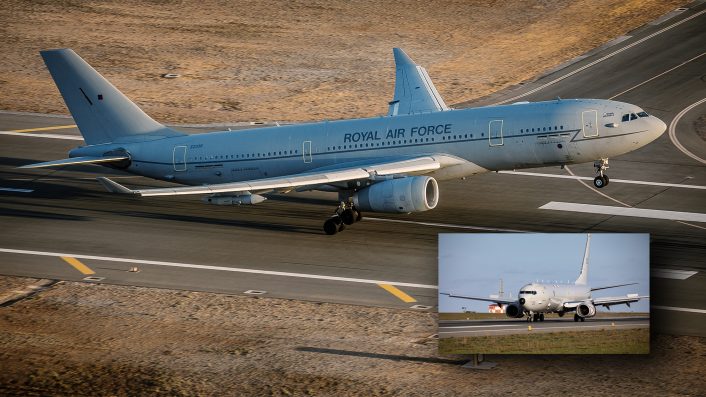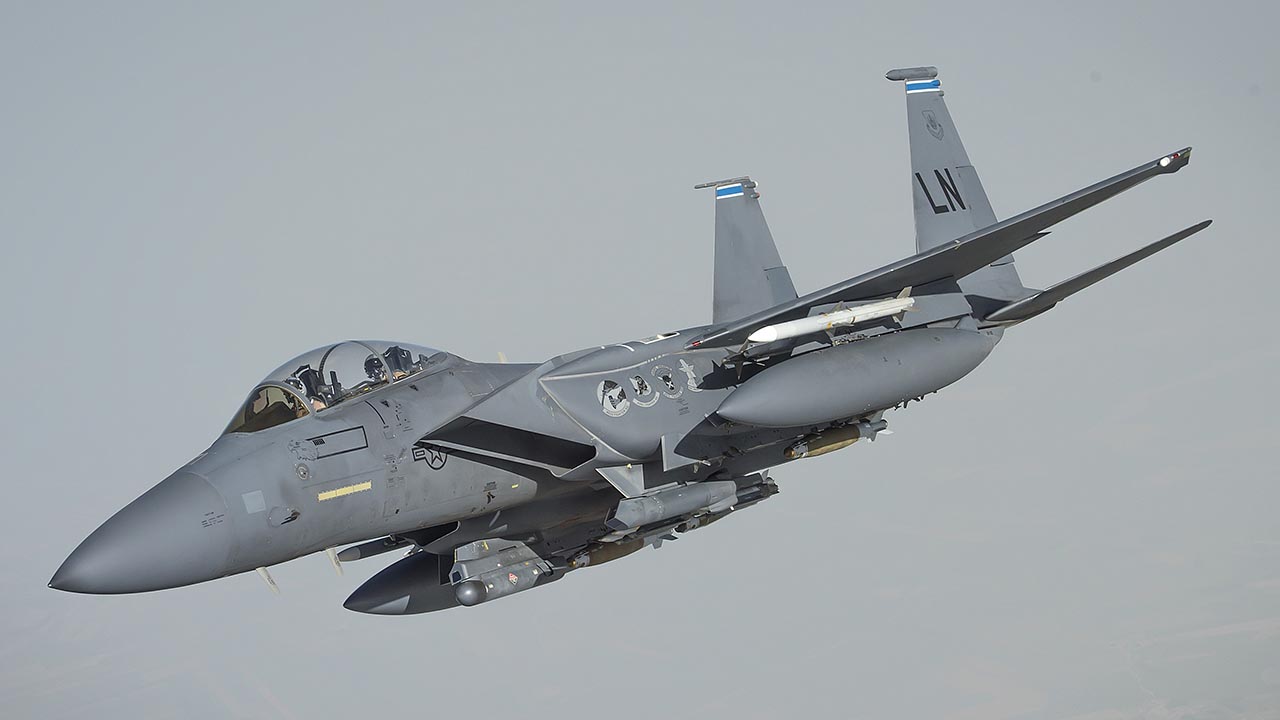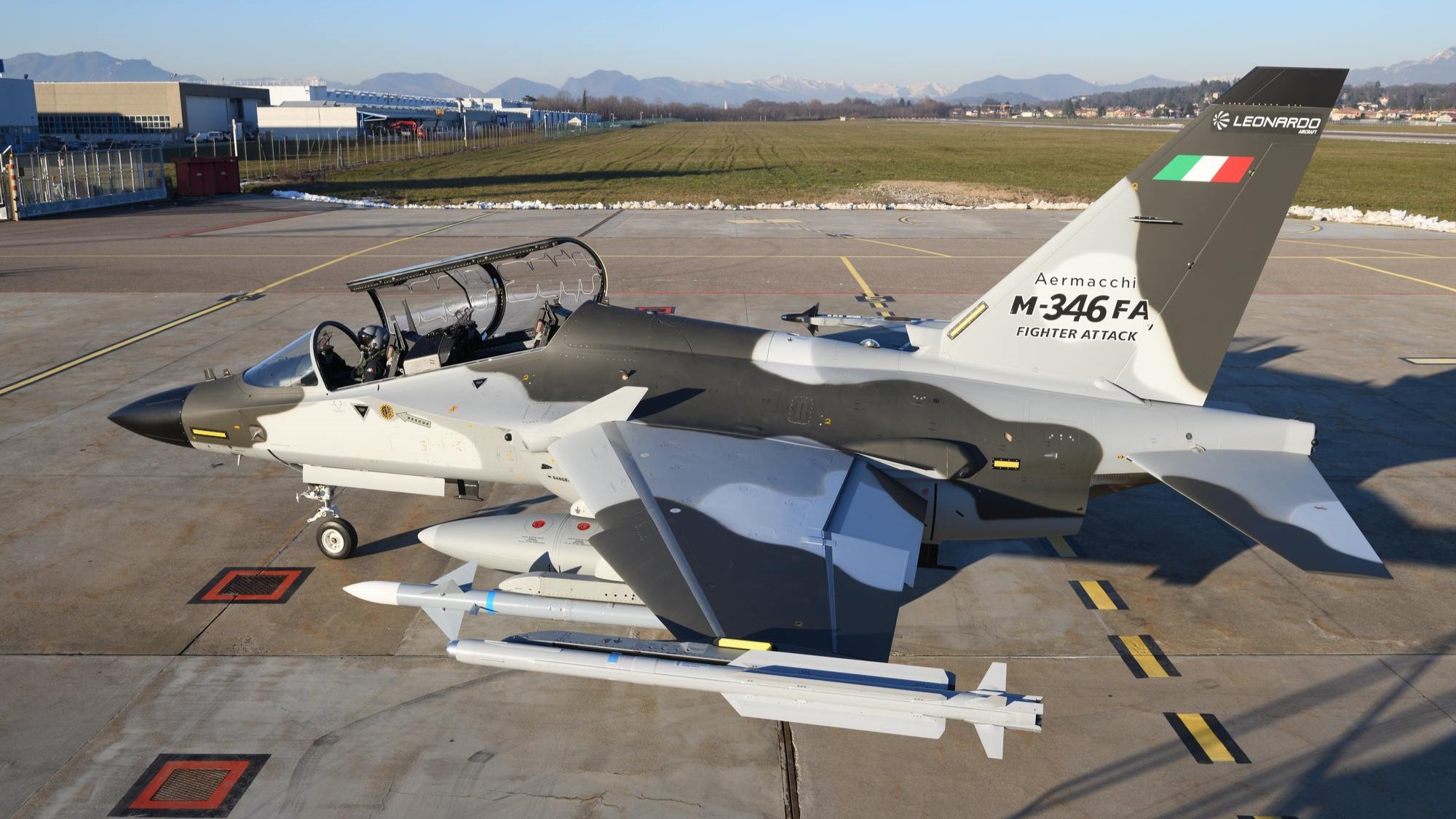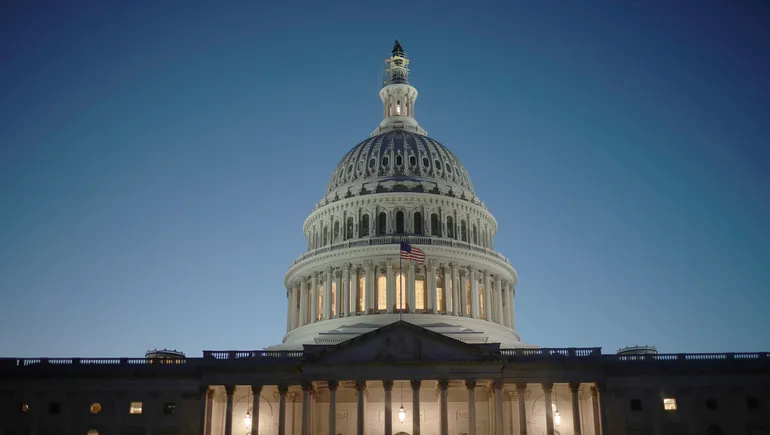DIU shakes up Blue UAS process, enlisting third-party vendors for compliance checks
“We anticipate that hundreds of companies will apply for verification,” a DIU spokesperson told Breaking Defense.


Textron’s Shadow RQ-7B V2 Block III (Courtesy of Textron)
WASHINGTON — To speed up drone deployment, the Defense Innovation Unit (DIU) plans to enlist four to six third-party vendors by the end of summer to help the agency complete Pentagon-mandated compliance checks for commercial unmanned aerial systems (UAS), a DIU spokesperson told Breaking Defense.
Right now, through its Blue UAS list initiative — a program that creates a directory of Pentagon-approved commercial systems that are fully free of adversarial parts, including from China — the DIU is solely responsible for vetting UAS components for commercial companies. Blue UAS was “never intended to become the only method” that would verify that drone companies are compliant with component standards, but it has, the spokesperson said. Hence, the agency is building the infrastructure that will allow manufacturers to “pursue and fund” their own compliance assessments through third-party vendors.
“In an effort to break down existing barriers for the purchase and acquisition of UAS platforms, DIU is establishing a way for companies to verify their NDAA [National Defense Authorization Act] compliance through third party assessors,” the spokesperson said. The DIU plans to release a solicitation June 20 where interested parties can apply.
“We anticipate that hundreds of companies will apply for verification,” the spokesperson told Breaking Defense, adding that though the agency plans to select four to six vendors, it will likely select more in the coming years.
Further, the spokesperson said that this effort will “simplify” the exception to policy process — something DIU describes as a “time- and labor-intensive” procedure that manufacturers must go through to be excluded from certain compliance standards. It will also allow services and programs of record to start from a “known and verified baseline of compliance with the law for any companies and products they may be interested in,” the spokesperson added.
The move will also create a two-tiered list system for Blue UAS, the DIU said in a recent press release. The current list of Blue UAS drones, which includes manufacturers Anduril, Skydio, Teal and more, will be on the new, top-tiered “Select List.” The Select List will also include drones that have been previously sponsored by a DoD entity or been selected through a DoD competition outside of the DIU.
The other list, deemed the “Cleared List,” will include manufacturers that were approved by the third-party vendors and drones that have gone through compliance reviews by the Association for Uncrewed Vehicle Systems International (AUVSI), a drone lobbying association that currently conducts compliance reviews that adhere to DIU reviews, according to the press release.
Such a shakeup to the DIU’s drone acquisition process comes after service officials have been questioning the effectiveness of DIU and its Blue UAS List. When asked if the Blue UAS list is actually working, Col. Nick Ryan, director of the Army Capability Manager for Unmanned Aircraft Systems, told Breaking Defense it’s “50-50.”
“DIU has shown that they’re a little bit hamstrung because of their [internal] funding levels, their personnel levels,” Ryan told Breaking Defense on the sidelines of the Army Aviation Association of America’s annual conference in Nashville, Tenn., last week. “They’ve realized they don’t have the personnel to do the deep compliance analysis as fast as they thought they could. So they haven’t been able to put systems onto the list as fast as they thought they could.
“And then units just do not have the funding to be able to get after and buy these systems,” he added. “It hasn’t been as great as we expected it to be and the feedback we’ve gotten from most units is now that they’re really pushing forward with their own 3D printing and advanced manufacturing.”
Ryan’s comments revolve, in part, around the service’s push to mitigate a reconnaissance and surveillance capability gap created after the service shelved its entire fleet of RQ-7B Shadow drones last year. At the time, a replacement — the new Future Tactical Uncrewed Aircraft System (FTUAS) — wouldn’t be ready until late 2027. (That date is now pushed back with the cancellation of the FTUAS competition.)
So, the idea had been to work with DIU on a refresh of its Blue UAS list, in part, to help find an interim drone to offer units that would mitigate the loss of Shadow. Since then, DIU conducted that refresh, albeit at a slower pace due to staffing, and there are now Group 2 and 3 options available to units to fill the gap, Ryan said. However, those options are simply too expensive for units to decide to acquire on their own.
“That’s the main thing we always run into, is division and below, having the agile funding to buy those systems off the list,” he added.


































































